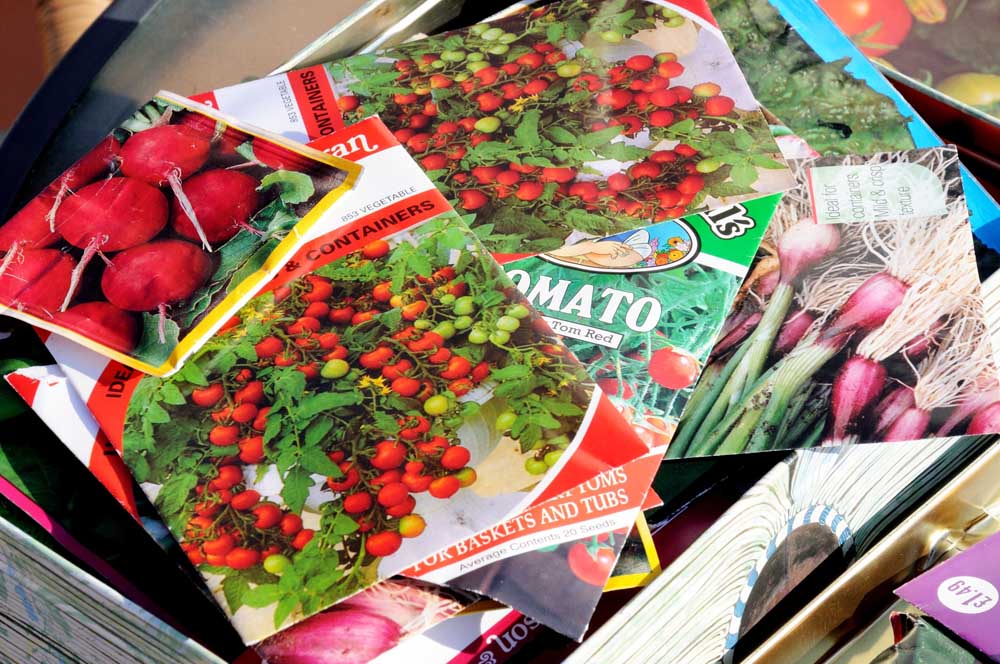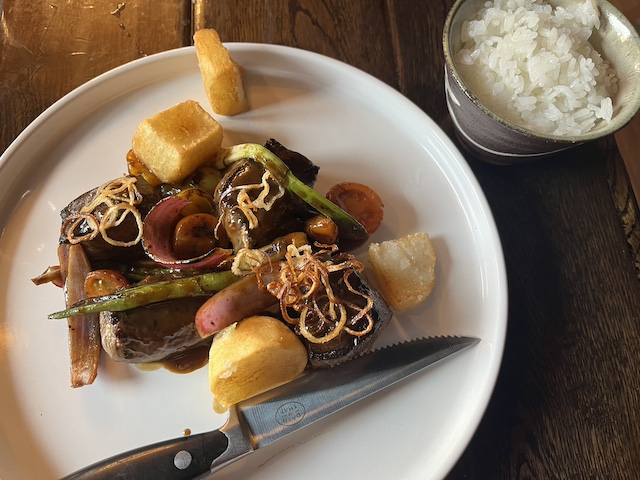Gardening: Germinating plant and flower seeds for the summer
Published 12:00 am Sunday, April 7, 2019

- Old seed packets don’t necessarily need to be thrown out. They can be tested and monitored in a simple controlled environment.(123RF)
An unheralded benefit to an interest in gardening is that there is always something to keep your mind and body engaged.
Yes, there really is more to gardening than summer in-the-dirt days and fall harvest days.
I have spent the past six weeks testing germination rates of old flower seeds. For those who have never tried this, it is a simple process of placing a control measure of seeds between folded moist paper towels on a plate, covering with plastic wrap and monitoring the moisture daily. Be sure to label the plate.
My seed box was overflowing with packets dating back to 2008, and I am too conservative to just toss the packets. Out of the 16 tested varieties, I have only thrown out two. Now, I am ready to start testing some of the outdated vegetable seeds.
Garden peas are the cool season crop that is tempting me. I do have a 2018 packet of Oregon sugar snow peas in the file box. I won’t be testing those as the standard viability of pea seeds is three years. The variety, Oregon Sugar Pod 11, was developed by Dr. James Baggett at Oregon State University. Baggett is also well-known for his development of tomato varieties that do well in the Central Oregon climate.
Soil germination temperatures for direct seeding of peas range from 40 degrees to 75 degrees. The soil in my unheated greenhouse has reached 60 degrees, and its is ready to see some action. I will need to make sure the soil is moist before I plant a short row.
That means I will be hauling water from the house, as the irrigation isn’t functioning yet. That is good exercise and a small price to pay for a snack of fresh, crunchy garden peas. If you have a cold-frame greenhouse you might be surprised that the soil temperature is warm enough to try some plantings.
Although the variety is touted as a bush pea, reviews from gardeners who have grown this variety agree that trellis growing would be best.
The term legume inoculants came up in an extended conversation with friends. Some were familiar with the term, others were not. It came to mind that if you don’t know what it is, how can you know the value?
I kind of, sort of, knew what the product was and what it did. I knew it helped produce those white nodules along the roots of peas and beans. That is hardly a convincing explanation. I decided it would be more prudent to defer to research papers from various university extension services.
Legumes are pod-bearing plants such as peas and beans. Peas are regular nitrogen factories with the ability to pull nitrogen from the air and fix it into nodules on their roots, (those white nodules) which provide an important nutrient for their growth plus enriching the soil for the future.
For this magic to happen, certain beneficial soil bacteria must be present. Although I have been conscientious of enriching the soil over the years by adding composts, I can’t rely on the past to guarantee future production.
A legume inoculant
Inoculation is the process of introducing commercially prepared rhizobia bacteria into the soil. Each legume species require a specific species of rhizobia to form modules and fix nitrogen.
The packet of inoculant I have is labeled as a Pea and Bean Booster. Rhizobium leguminosarum, listed on the packet, is a particular species that is capable of forming the nodules on peas and beans.
Inoculants contain living rhizobial cells that limit the packaged viability. The packets are marked with an expiration date, usually one year. The packet I purchased treats a 40-foot row. Since I plan on doing successive plantings of short rows, I will need to store the unused packet out of the direct sun and at a temperature below 60 degrees.
Directions for application will be listed on the packet. Depending on the brand, it will either be used dry or made into a slurry.
All of a sudden we will be lamenting — so much to do, so little time.
— Reporter: douville@bendbroadband.com






